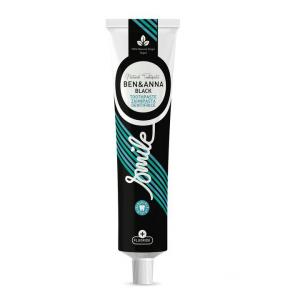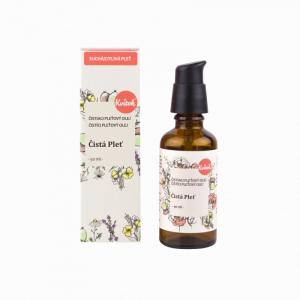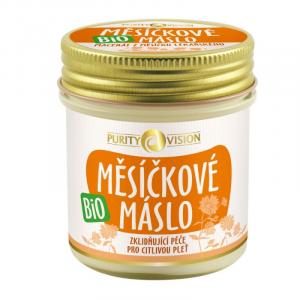Magnolol
Other names: 2-(2-hydroxy-5-prop-2-enylphenyl)-4-prop-2-enylphenol
Harm score: 2 (Derivatives of natural substances)
Magnolol is an organic compound that belongs to a group of biologically active substances known as lignans. Its chemical name is 2-(2-hydroxy-5-prop-2-enylphenyl)-4-prop-2-enylphenol and it is a heavily volatile yellow crystalline substance with a strong odor. Magnolol is extracted mainly from the bark of trees of the genus Magnolia, which are native to China. Here it is mainly the Magnolia officinalis, where it reaches 2.0% of the total bark mass.
Magnolol is highly valued for its broad-spectrum effects and is therefore used in many products. These include cosmetics, where its anti-inflammatory and antibacterial effects are exploited, as well as its ability to neutralise free radicals and thus protect the skin from premature ageing. In cosmetic products, it serves as an important ingredient in creams, serums, soaps and lotions. In industry, it is also used for the production of various food supplements and medicines, as it has antioxidant and anti-inflammatory effects and can, for example, lower blood cholesterol levels. Magnolol is also used in Traditional Chinese Medicine, where it serves as the main ingredient in some herbal mixtures. The volume of production and consumption of this substance continues to grow as its effects and uses are more and more explored and appreciated.
You won't find this substance in our products. Try the natural, chemical-free products in our range.

Whitening toothpaste with fluoride (75 ml) - Black - with mint and activated charcoal
Product detail
SOS nail strengthening treatment (10 ml) - promotes nail growth and softens the skin
Product detail
Cleansing oil for dry and sensitive skin (50 ml) - does not leave a greasy film
Product detail